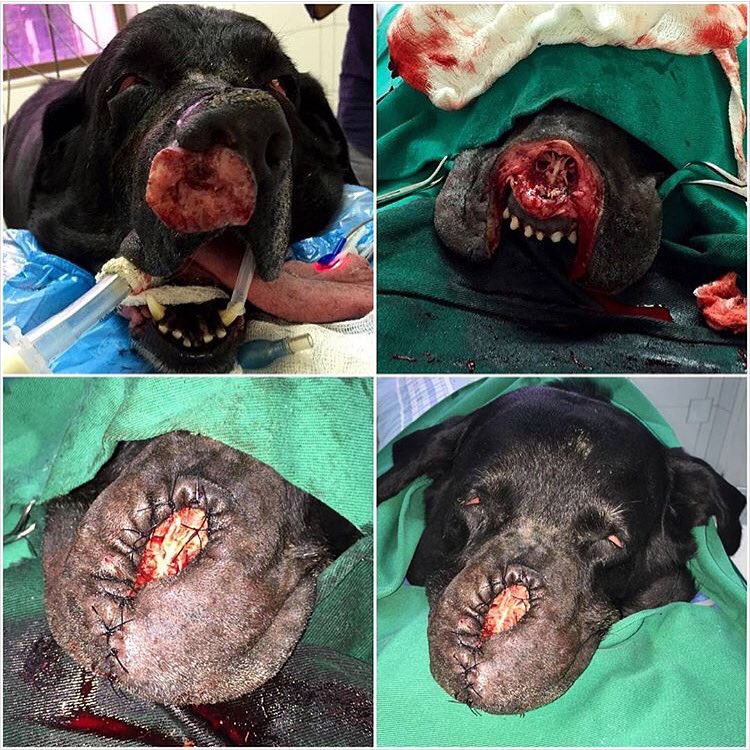

Breeds that commonly have blue irides appear to be more likely to develop an iridal spindle cell sarcoma, but any dog with any blue in its iris appears to be at risk. 45 These tumors always involve the iris, but they often extend into the ciliary body and even into the vitreous. Dubielzig, in Withrow & MacEwen's Small Animal Clinical Oncology (Fourth Edition), 2007 Spindle Cell Tumors of Blue-Eyed Dogsĭogs with blue, or partially blue irides appear to be at risk of developing a spindle cell sarcoma in the anterior uvea. ALK1 staining or demonstration of an ALK rearrangement by FISH can also be valuable for separating IMT from these other processes. SFTs show less inflammation, and the spindle cell population usually stains for CD34 and not muscle markers. Desmoid tumors are composed of cells with myofibroblastic characteristics and variable amounts of collagen, but typically show less inflammation than IMTs, although muscle markers are expressed by both processes. Sarcomas usually show a greater degree of pleomorphism and may show other histologic features indicating differentiation. Sarcomatoid melanoma often stains for S100 and other melanoma markers. Sarcomatoid carcinoma shows staining with cytokeratins and EMA, but not typically with muscle markers, as does IMT. Organizing pneumonia shows alveolar filling by fibroblastic “plugs” and does not grow in an infiltrative manner. The differential diagnosis includes organizing pneumonia, sarcomatoid carcinoma and melanoma, spindle cell sarcomas, desmoid tumor, and solitary fibrous tumor (SFT). Popper, in Pulmonary Pathology (Second Edition), 2018 Differential Diagnosis Epithelioid MPNST may closely simulate malignant melanoma histologically, but lack expression of melanocytic markers such as HMB-45 or Melan-A.īruno Murer. 228–231 LMS and malignant SFT may be excluded by a combination of morphologic and immunohistochemical findings, such as intersecting fascicles of eosinophilic-, actin-, and desmin-positive cells in LMS, and abundant collagen with cracking artifact and diffuse CD34 expression in malignant SFT. Despite a single claim to the contrary, there are no convincing data that MPNSTs contain the t(X 18). In particularly difficult cases, such as MSS arising in association with nerves, cytogenetic or molecular genetic analysis looking for the synovial sarcoma–associated t(X 18) ( SYT-SSX) may be essential in arriving at a definitive diagnosis.

The histologic features of spindled MPNST and MSS overlap to a very significant degree, necessitating the routine use of immunostains to cytokeratins (positive scattered cells in nearly all MSSs and generally negative in MPNSTs), S-100 protein (weakly positive in almost all MPNSTs and weakly positive in ∼20% of MSSs), and CD34 (variably positive in MPNSTs and invariably absent in MSSs). The differential diagnosis of spindled MPNST includes principally the other monomorphic spindle cell sarcomas, including desmoplastic malignant melanoma, fibrosarcoma, LMS, and malignant SFT. Folpe, in Diagnostic Surgical Pathology of the Head and Neck (Second Edition), 2009 Differential Diagnosis


 0 kommentar(er)
0 kommentar(er)
